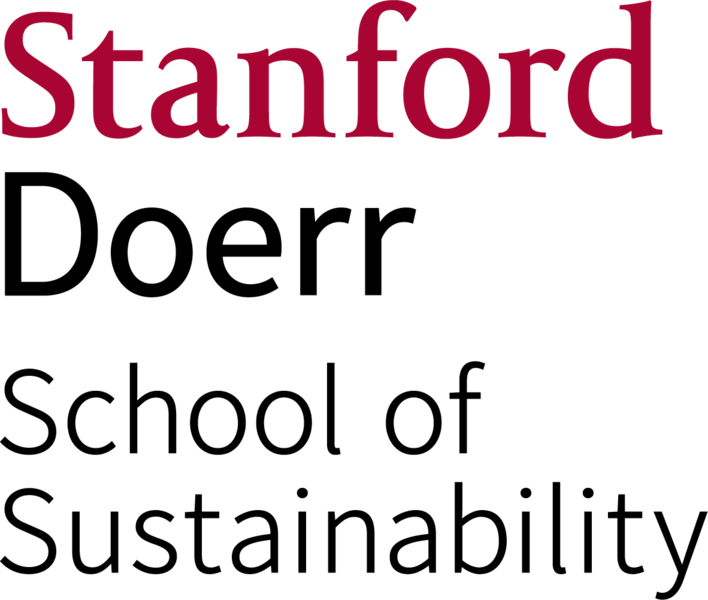From global to local hydrological modeling: Increasing the resolution of CWatM
Mikhail Smilovic1, Peter Burek1, Guillaumot Luca2, Taher Kahil1, Yoshihide Wada1, Ju Young Lee3, and Steven M. Gorelick3
(1) International Institute for Applied Systems Analysis, Laxenburg, Austria, (2) Rennes University, Geosciences Rennes, Rennes, France, (3) Stanford University, Stanford, CA, United States
December 2019 American Geophysical Union meeting, San Francisco, California
Abstract: The Community Water Model (CWatM) is an open-source hydrological model designed to assess water availability, anthropogenic and non-anthropogenic water demands, and environmental needs. CWatM is applied at a finer resolution to extend the application of the model to relatively smaller regions and to better understand the increasing competition of water resources in the context of rapid urbanization. The results are demonstrated for the Upper Bhima basin in India of around 50,000 km2, where the region is already experiencing competition for water resources and increasing demands will continue to stress allocations between urban and agricultural sectors. CWatM has been applied previously from 5-30 arc minute resolutions, and this study presents the developments involved in increasing the resolution to ~1km (30 arc second) and a coupling to the MODFLOW groundwater model at 500 m resolution. These developments include better simulating surface water, reservoir, and groundwater interactions, irrigation water management, and crop-water use. With the new features of the model, we can better assess the interaction of changes from land cover, climate, water use, reservoir management, irrigation water management and distribution, and groundwater management.
